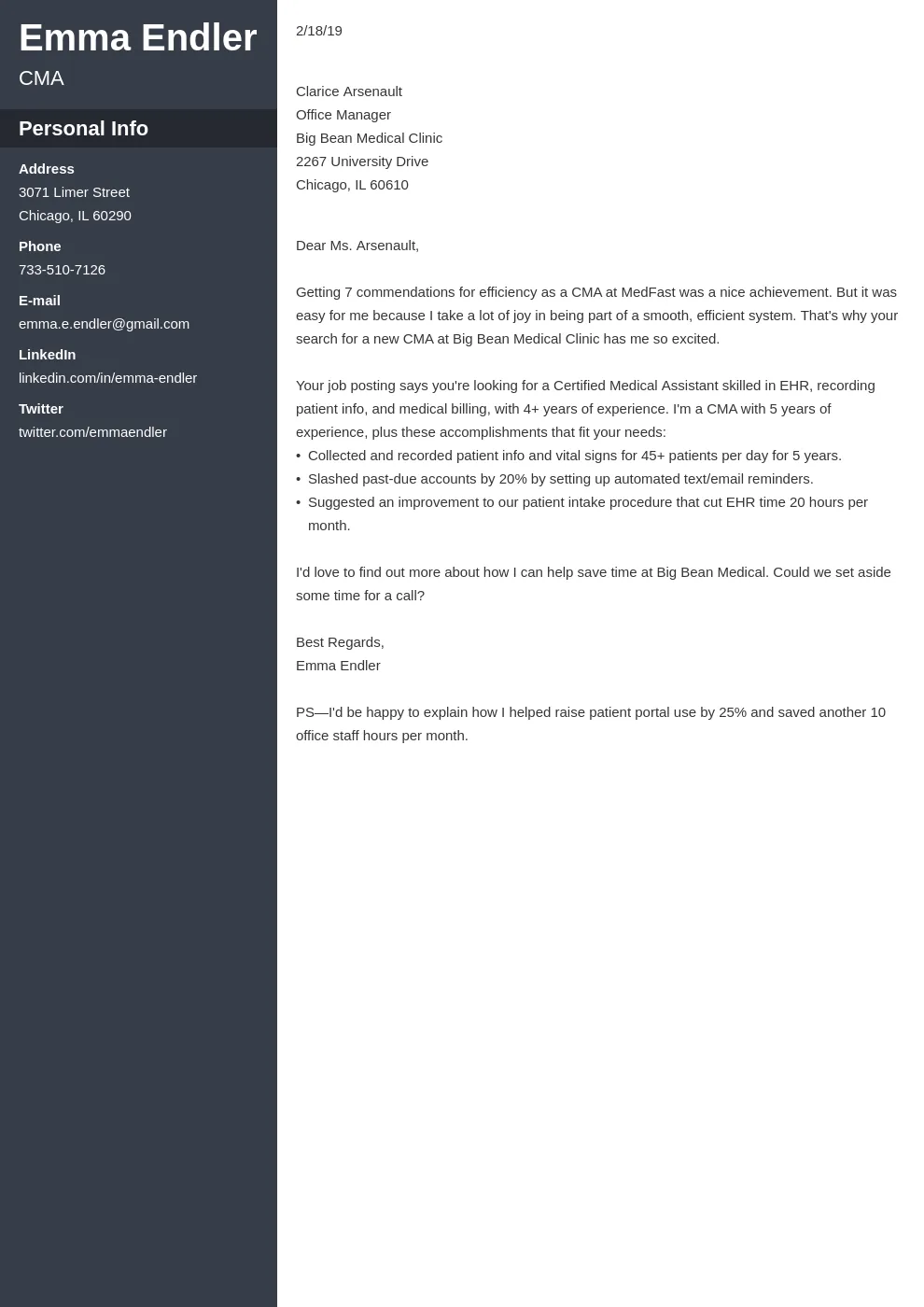What is a Sample Cover Letter (and Why You Need One)
A sample cover letter serves as a template and a guide to help you create your own personalized cover letter for a job application. It’s a crucial document that accompanies your resume, providing an opportunity to introduce yourself to a potential employer, highlight your relevant skills and experience, and express your interest in the specific role. Unlike a resume, which provides a snapshot of your professional history, a cover letter allows you to tell a story, demonstrating how your qualifications align with the job requirements and why you’re the perfect fit for the company. It’s a chance to showcase your personality and communication skills, making you stand out from other candidates. Without a well-crafted cover letter, you might miss the opportunity to make a strong first impression and secure an interview.
Key Components of a Strong Cover Letter
A strong cover letter is comprised of several key components working together cohesively. These elements collectively paint a clear picture of your suitability for the position. Understanding these components will greatly enhance your chances of getting noticed by hiring managers. Each part plays a specific role in conveying your qualifications, enthusiasm, and professionalism.
Contact Information
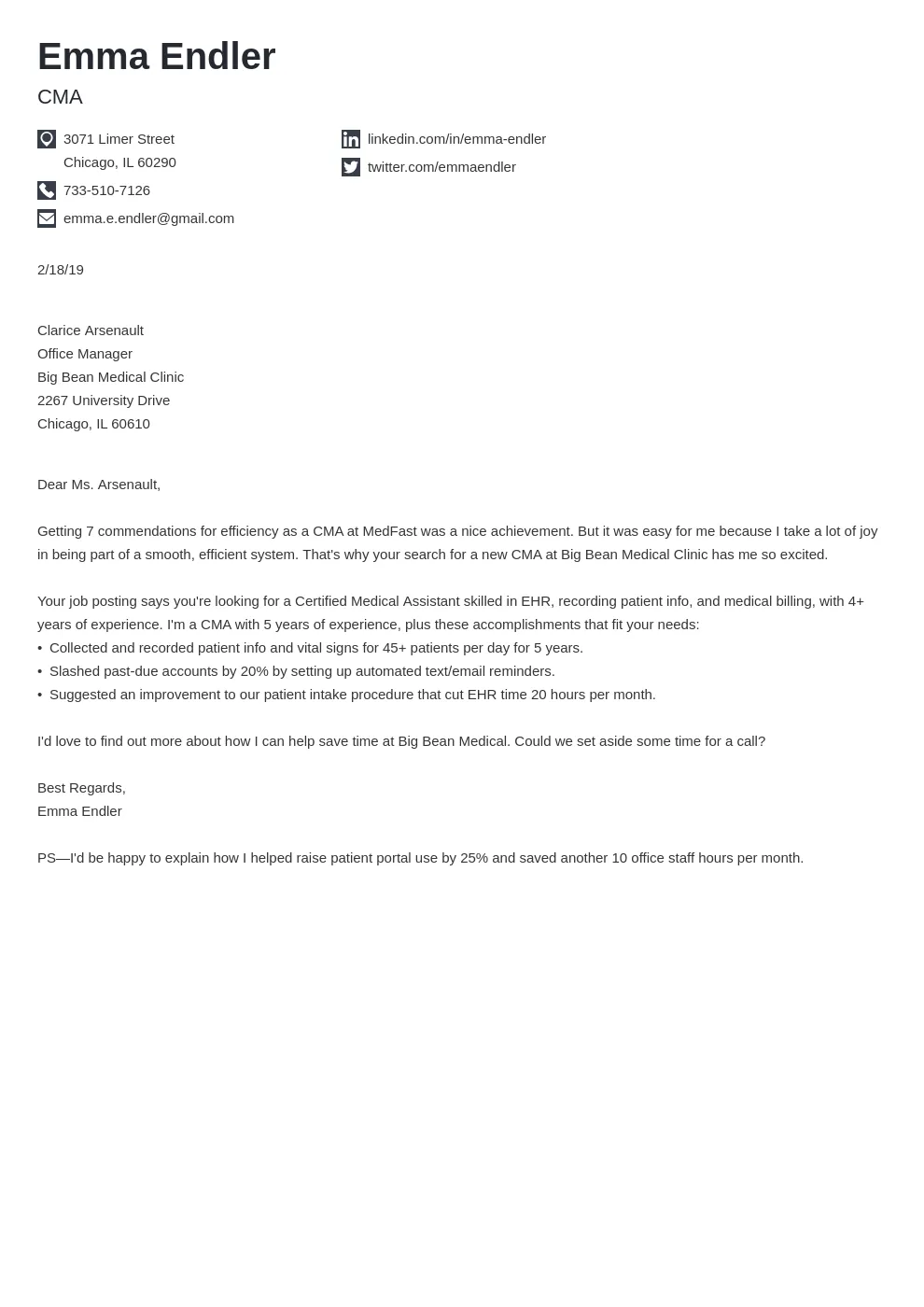
At the top of your cover letter, include your full name, address, phone number, and email address. This allows the hiring manager to easily contact you. Ensure your email address is professional and appropriate for the job application. Make sure your contact information is up-to-date and accurate, so that the recruiter can reach you promptly. This section establishes your identity and provides necessary details for further communication. Use a clean format and align this information consistently.
Professional Greeting
Always start your cover letter with a professional greeting. Addressing the hiring manager by name is ideal. If you can find the hiring manager’s name, use ‘Dear Mr./Ms./Mx. [Last Name]’. This shows you’ve done your research and that you are attentive to details. If the hiring manager’s name isn’t available, use a general greeting such as ‘Dear Hiring Manager’ or ‘Dear [Company Name] Hiring Team’. Avoid generic greetings like ‘To Whom It May Concern’, as they can make your application seem impersonal. Always double-check the spelling of the name to ensure accuracy.
Opening Paragraph: Grab Their Attention
Your opening paragraph is your first and most important opportunity to capture the hiring manager’s interest. Start with a compelling hook that immediately grabs their attention. Briefly state the position you’re applying for and how you found the job opening. Then, concisely highlight your most relevant skill or experience that aligns with the job requirements. Express your enthusiasm and clearly communicate why you’re interested in the company and the role. The opening paragraph should provide a glimpse of your qualifications and encourage the reader to continue reading.
Highlighting Your Skills and Experience
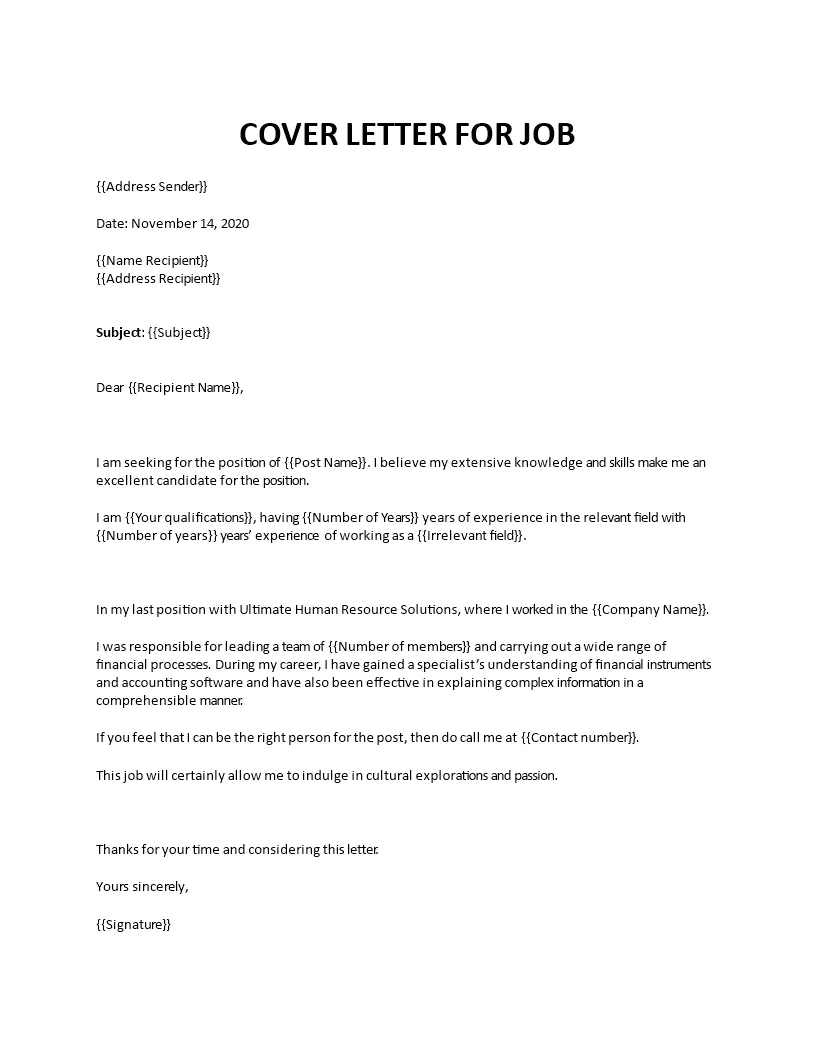
The main body of your cover letter should delve deeper into your skills and experience, providing evidence of your capabilities. Focus on the skills and experiences that are most relevant to the job description. Use specific examples to illustrate how you’ve successfully applied those skills in the past. Quantify your achievements whenever possible by using numbers and data to demonstrate your impact. Tailor each example to align with the specific requirements of the job, showing how your skills and experience make you a good fit. This section allows you to connect your background with the needs of the employer.
Showcasing Achievements and Quantifiable Results
Instead of simply listing your responsibilities, emphasize your accomplishments and the results you achieved in previous roles. Use the STAR method (Situation, Task, Action, Result) to provide context and highlight your achievements. Describe the situation, the task you faced, the actions you took, and the positive results you achieved. Quantify your accomplishments with data, such as percentages, numbers, or monetary values, to demonstrate the impact of your work. Focus on results to show what you’ve delivered for previous employers to set yourself apart. Showcasing achievements helps convince the hiring manager of your ability to contribute to their organization.
Tailoring Your Letter to the Job Description
Carefully review the job description and tailor your cover letter to match its specific requirements. Identify the key skills, qualifications, and experiences the employer is seeking. Use keywords from the job description throughout your cover letter, but do so naturally; avoid keyword stuffing. Provide examples that directly address the requirements outlined in the job posting. By customizing your letter, you demonstrate to the hiring manager that you’ve taken the time to understand the position and that you’re a good fit. This level of attention to detail shows you are serious about the job.
Researching the Company and Demonstrating Fit
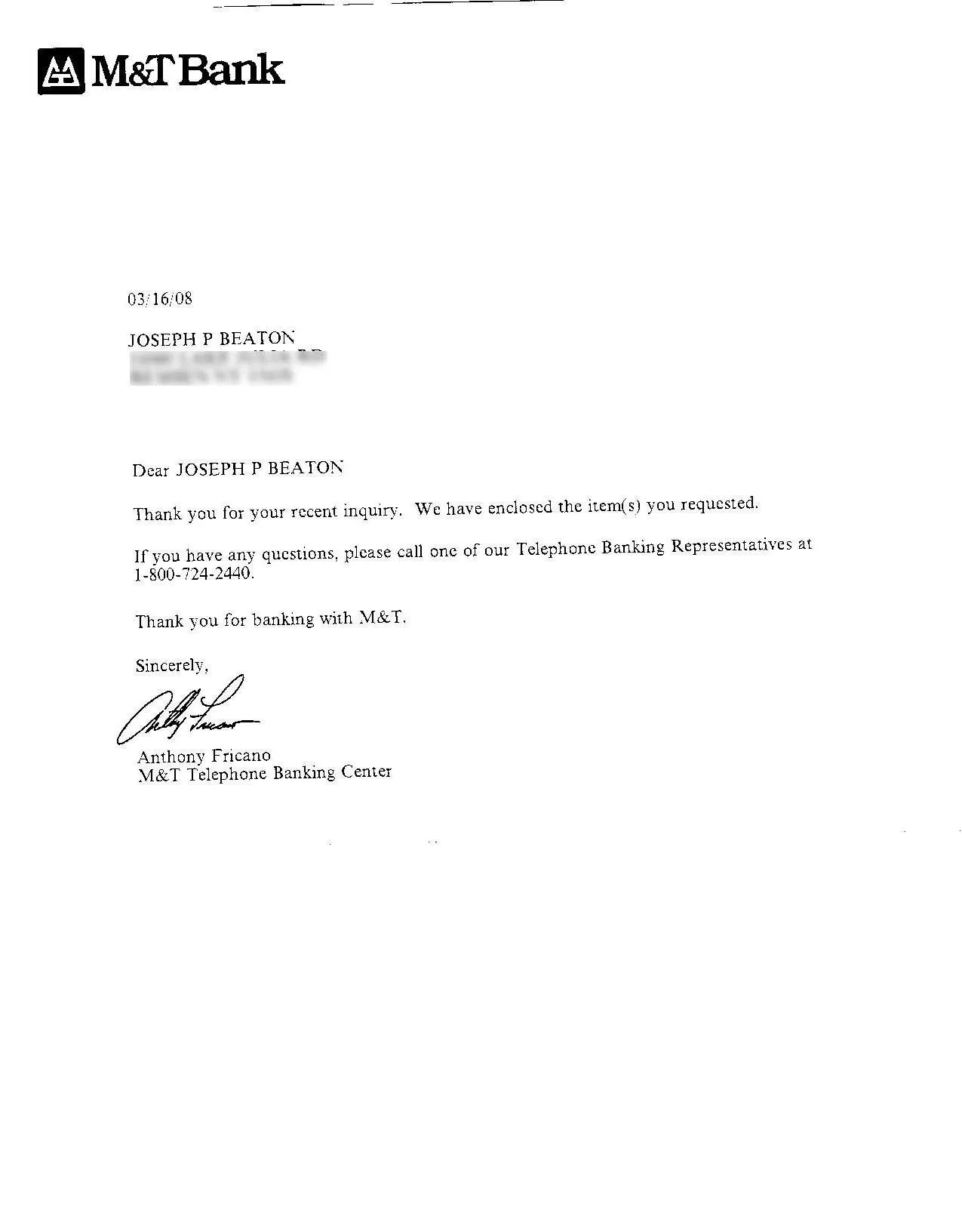
Show that you’ve researched the company by mentioning their mission, values, or recent projects. Demonstrate your understanding of their industry and their position in the market. Explain why you’re interested in working for that specific company and how your values align with theirs. This demonstrates your genuine interest and proactive approach. Researching the company and demonstrating how your goals align with theirs proves that you’re not just applying for any job. It makes you look committed to the company’s success.
Closing Paragraph: Call to Action
Conclude your cover letter with a strong call to action. Reiterate your interest in the position and the company. Express your enthusiasm for the opportunity to discuss your qualifications further. Include a clear statement about your availability for an interview and how the hiring manager can contact you. Thank the hiring manager for their time and consideration. A clear call to action encourages the hiring manager to take the next step.
Expressing Enthusiasm and Availability
Throughout your cover letter, maintain a tone of enthusiasm and professionalism. Express your genuine interest in the position and the company. Use positive language to showcase your confidence and eagerness to contribute to the team. Make it clear that you are available for an interview at the hiring manager’s convenience and that you are ready to discuss your qualifications further. Your enthusiasm and eagerness will set you apart from other applicants and show the hiring manager how invested you are.
Formatting and Design Tips
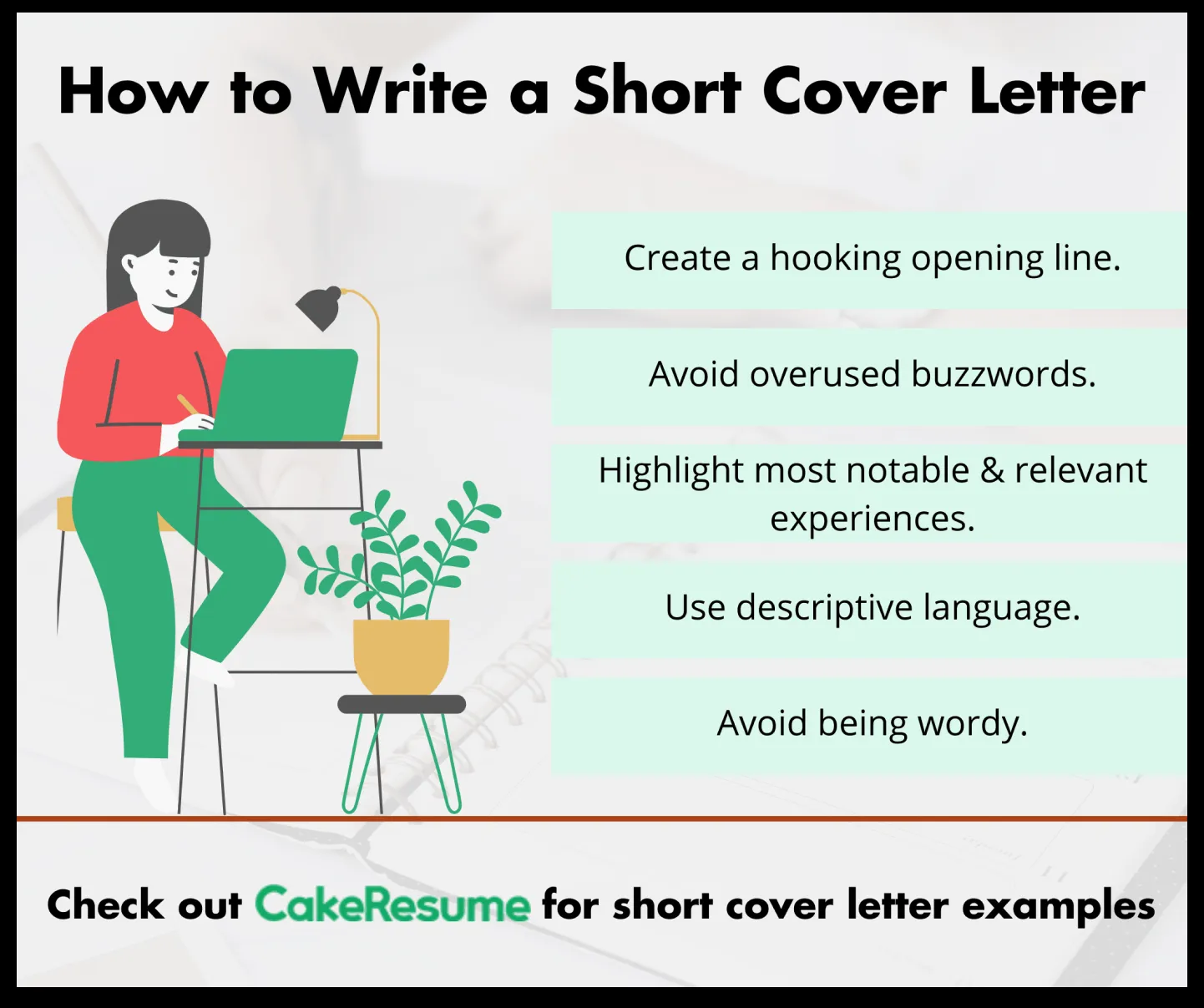
A well-formatted cover letter is easier to read and leaves a positive impression. Use a professional font, such as Times New Roman, Arial, or Calibri, with a font size between 10 and 12 points. Use consistent formatting throughout the document, including the spacing, alignment, and bullet points. Make sure to use a clear and organized structure with headings, subheadings, and bullet points to break up large blocks of text and guide the reader’s eye. Proofread your letter carefully to check for formatting inconsistencies.
Font and Style
Choose a professional and readable font for your cover letter. Stick to standard fonts like Times New Roman, Arial, or Calibri, using a font size between 10 and 12 points to ensure readability. Avoid using unusual or overly decorative fonts, as they can distract from the content and make your letter appear unprofessional. Choose a font style that complements your overall design and maintains a clean and organized layout. Consistency in font choice will create a polished look.
Length and Structure
Keep your cover letter concise and to the point, ideally within one page. Divide your letter into clear sections, with each section addressing a specific aspect of your qualifications and interest. Use headings, subheadings, and bullet points to break up large blocks of text and guide the reader’s eye. A well-structured letter is easy to read and allows the hiring manager to quickly find the information they need. Prioritize the most relevant information and avoid unnecessary details to keep the reader engaged.
Proofreading and Editing
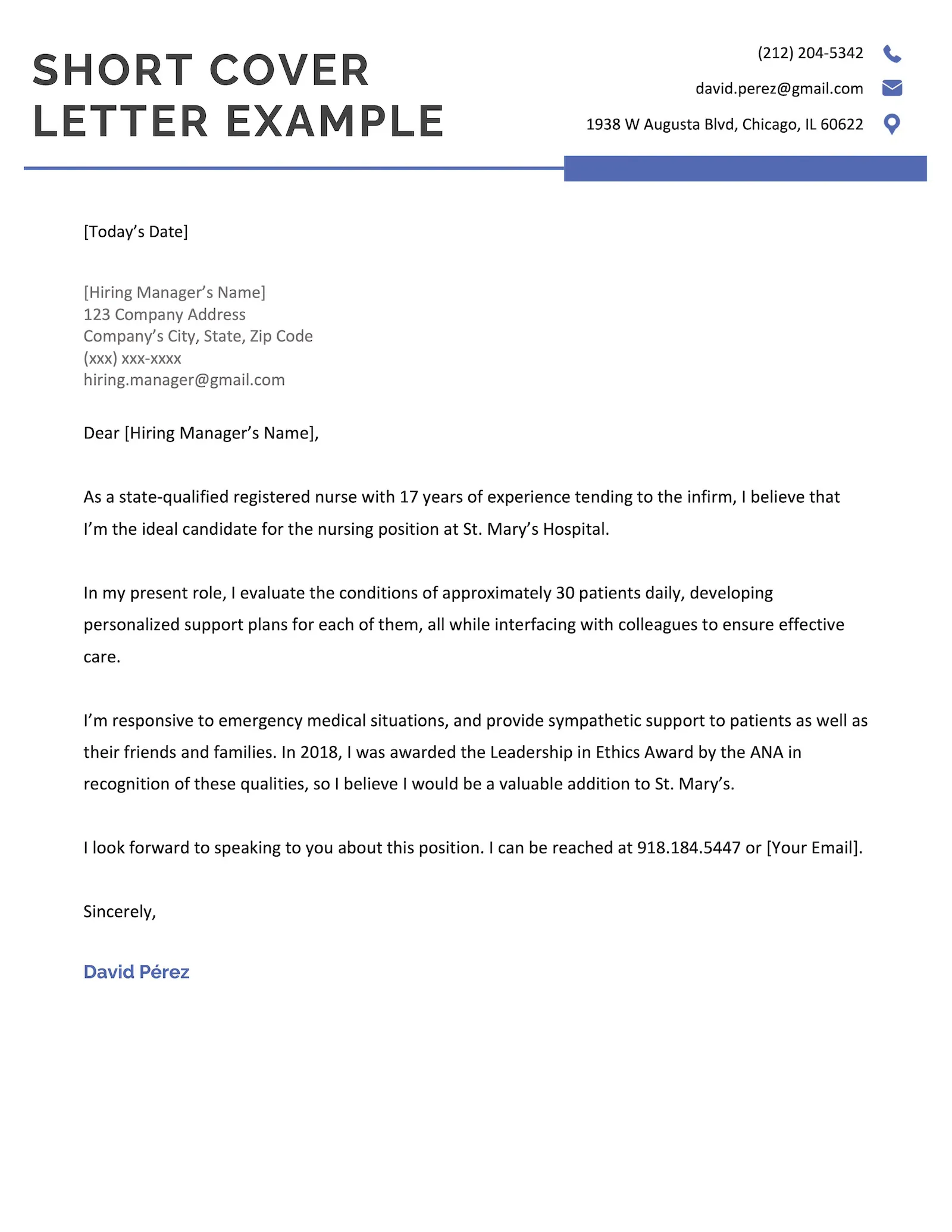
Proofreading and editing your cover letter is a critical step. Thoroughly review your letter for any errors in grammar, spelling, and punctuation. Read it multiple times, or better yet, have someone else proofread it for you. Errors can damage your credibility and create a negative impression. Ensure that your writing is clear, concise, and easy to understand. Pay attention to sentence structure, word choice, and the overall flow of your letter. A well-written and error-free cover letter demonstrates your attention to detail and professionalism, significantly improving your chances of success.
Common Mistakes to Avoid
Avoiding common mistakes can significantly improve the quality of your cover letter and the impression it makes. Be mindful of errors that can undermine your application. Paying attention to these pitfalls will help ensure that your cover letter showcases your abilities effectively and gives you the best opportunity to make a good impression.
Typos and Grammatical Errors
Typos and grammatical errors can be detrimental to your application. Carefully proofread your cover letter to catch any spelling mistakes, punctuation errors, or grammatical inconsistencies. These errors reflect poorly on your attention to detail and professionalism. Read your letter aloud, use spell-checking tools, and ask someone else to review it. An error-free letter demonstrates your commitment to quality and your respect for the hiring manager’s time.
Generic Language and Lack of Personalization
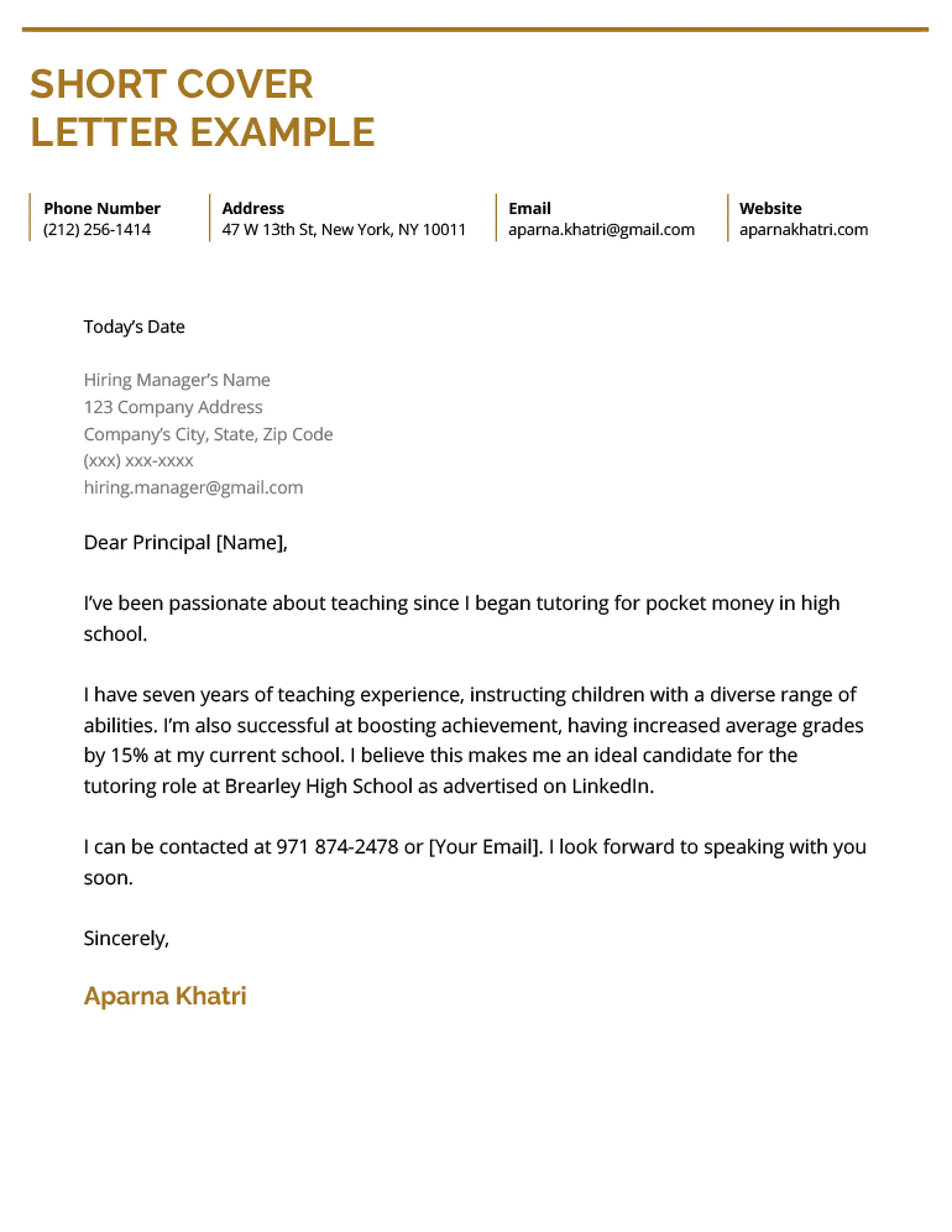
Avoid using generic language and templates that could apply to any job. Instead, personalize your cover letter to the specific company and position. Show genuine interest in the role and the company. Research the company, tailor your letter to the job description, and highlight specific skills and experiences relevant to the position. Generic cover letters fail to capture the hiring manager’s attention, and show a lack of effort. Focus on writing a unique letter to demonstrate why you’re the best fit.
Ignoring the Job Description
Failing to address the requirements outlined in the job description is a critical mistake. Carefully review the job description and tailor your cover letter to highlight the skills, qualifications, and experiences the employer is seeking. Demonstrate how your qualifications align with the specific requirements and show that you understand the role and the company’s needs. Addressing the job description shows that you have taken the time to understand the role and that you are prepared to meet the requirements.
Using Excessive Jargon
While it’s important to use industry-specific terminology, avoid excessive jargon that could confuse the hiring manager. Use clear and concise language that is easy to understand. Focus on explaining your skills and experiences in a way that’s accessible and relevant to the role. Ensure the hiring manager can easily understand your capabilities, even if they are not familiar with the specific jargon. The goal is to communicate effectively and demonstrate your qualifications.
Sample Cover Letter Template
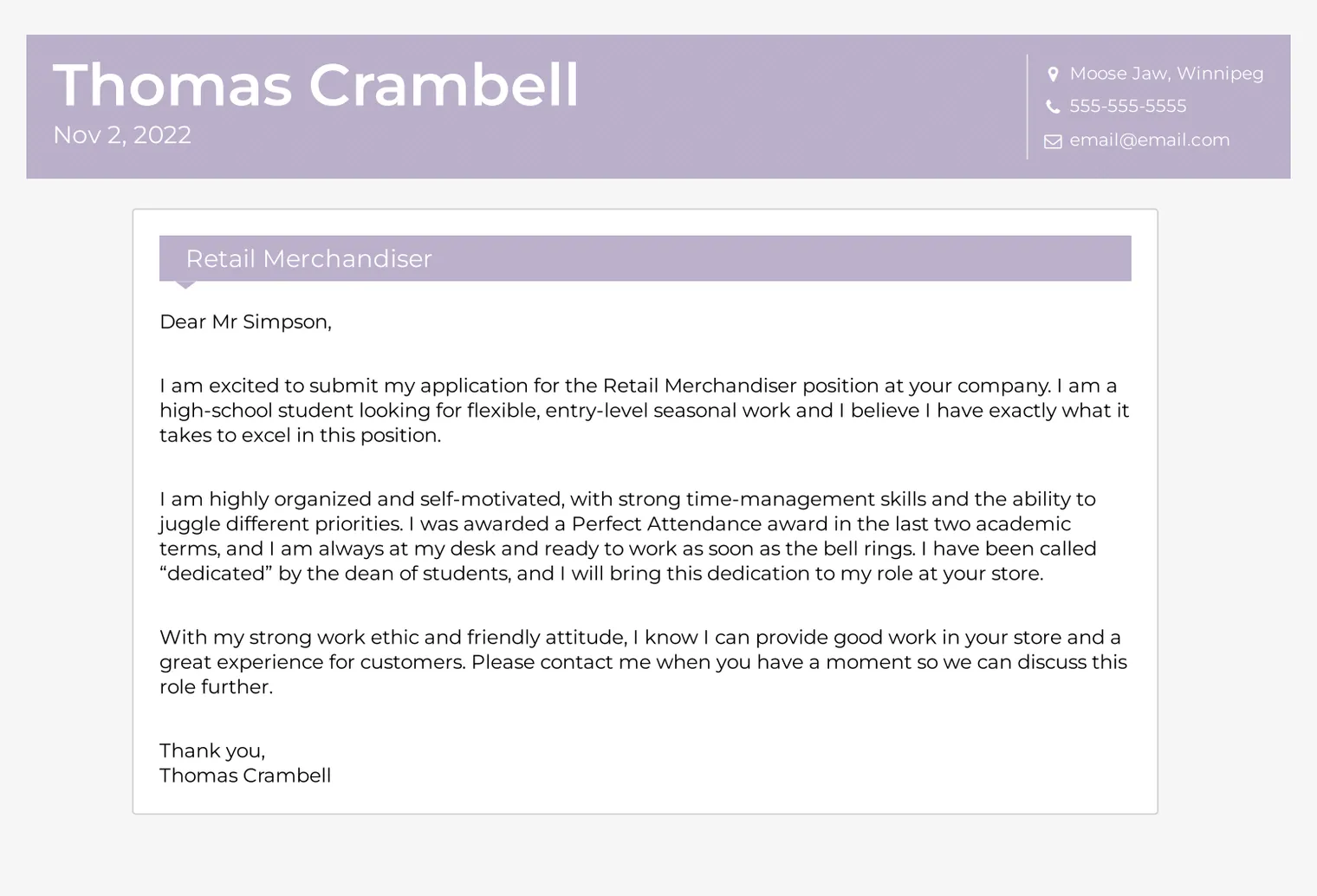
Here is a sample cover letter template to guide you.
Header
Your Name Your Address Your Phone Number Your Email
Body
Dear [Hiring Manager Name],
I am writing to express my interest in the [Job Title] position at [Company Name], as advertised on [Platform]. With [Number] years of experience in [relevant field], I am confident I possess the skills and qualifications to excel in this role.
In my previous role at [Previous Company], I [quantifiable achievement 1] and [quantifiable achievement 2]. I am adept at [relevant skill 1] and [relevant skill 2], and I am eager to contribute my expertise to your team.
I am particularly drawn to [Company Name] because of [reason 1] and [reason 2]. I am excited about the opportunity to [specific task/goal related to the role].
Thank you for your time and consideration. I have attached my resume for your review and welcome the opportunity to discuss my application further. I can be reached at [Phone Number] or [Email Address].
Sincerely, [Your Name]
Closing
Sincerely, [Your Name]
Where to Find More Cover Letter Samples
There are many online resources that offer cover letter samples and templates, allowing you to get inspiration and guidance. These resources provide examples tailored to different industries and job types. Here are some suggestions:
- Resume.com
- Indeed.com
- LinkedIn.com
- TheMuse.com
- Jobscan.com
